About the Author Julie Joosten grew up in Marietta, Georgia. She has an MFA from the Iowa Writers Workshop and a PhD from Cornell University. She lives in Toronto. Light Light is her first book. About this Book Shortlisted for the 2014 Governor Generals Book Award for Poetry Moving from the Enlightenment science of natural history to the contemporary science of global warming, Light Light is a provocative engagement with the technologies and languages that shape discourses of knowing. It bridges the histories of botany, empire, and mind to take up the claim of objectivity as the dissolution of a discrete self and thus explores the minds movement toward and with the world.
The poems in Light Light range from the epigrammatic to the experimental, from the narrative to the lyric, consistently exploring the way language captures the undulation of a minds working, how that rhythm becomes the embodiment of thought, and how that embodiment forms a politics engaged with the environment and its increasing alterations. Acknowledgements An earlier versions of Once Sun appeared in The Malahat Review . Thank you to the editors for that publication. To Jay MillAr and Hazel Millar, thank you for this book and for the process by which it came to be. My profound gratitude for you whose kindnesses have helped shape this work: Elizabeth Acorn, Tassie Adamson, Cara Benson, Caetlin Benson-Allott, Kyle Chocorlan, Helen Berggruen, Ava Dellaira, Kate Desormeau, Sarah Ensor, Anne-Lise Franois, Peter Gizzi, Louise Glck, Claire Hansen, Soula Harisiadis, Elizabeth Harvey, Ruby Knaffo, Nate Link, Sarah McNeil, Audrey Medina, Doug Paisley, Mia Pancaldo, Victor Platt, Hilary Rand, Joseph Ronsenberg, Anita Sokolsky, Sam Sokolsky-Tifft, Yasmin Solemnescu, Anthony Stark, Anna Swann-Pye, Steve Tifft, Walter and Marcia Unger and the Unger family, Cheryl Ward, Anna Weber-Kneitel, Opal Vandeloo, and Julia Zarankin. An especial thank you to Cate Williamson and Dorothy Wang and to Mark, Linda, Amanda and Annie.
Gratitude that lacks the power to conclude to Richard Carpenter, Karen Swann, Jane Gregory, and Sarah Weiger, to my parents, John and Maria Joosten, my brother, Michael Joosten, and to Zoe Unger, always and again, it is the better with me... The Cause Closest to the Body The voice is not an invisible thing as lungs under the skin. The heart can be held in the hand. If I tremble into H. Not my hand, this hand, only hand. Heart in hand.
Here, take this, gift of an H, take it as given. If the heart in the hand sings like a thrush. If learning by heart what is held in the hand. The thrush in the hand beats like a heart. The human is given, the hand sings. Two notes at once.
One rising, one falling. Your first cut is a deep Y through the arcing chest. Your second, a V through the slender neck. Lungs, bronchi, larynx, mouth, nose Yours is the hand singing the knife, singing buzz, saw, buzz, the voice unfolding the skin, saying hush now hush. Rocking the head in the boat of your hand. Rocking the brain from the home of the skull.
Tempting the song subtler: ay ay ay. Yours is the heart I know by hand. It says, what is a voice, touch me. Colophon Manufactured as the First Edition of Light Light in the Fall of 2013 by BookThug. Distributed in Canada by the Literary Press Group:www.lpg.ca.. Distributed in the USA by Small Press Distribution: www.spdbooks.org.
Shop online at www.bookthug.ca  Print edition type + design by Jay MillAr Copy edited by Ruth Zuchter Contents FIRST EDITION
Print edition type + design by Jay MillAr Copy edited by Ruth Zuchter Contents FIRST EDITION
copyright Julie Joosten, 2013
Cover image: A cyanotype of the fern Asplenium chinensis , from Cyanotypes of British and Foreign Ferns (1853), by Anna Atkins. Interior images: Page 11: A cyanotype of Laminaria phyllitis , Page 47: A cyanotype of Delesseria hypoglossum ; Page 67: A cyanotype of Gigartina Griffithsiae . All from Photographs of British algae: cyanotype impressions (1843-1853) by Anna Atkins. All rights reserved. No part of this publication may be reproduced or transmitted in any form or by any means, electronic or mechanical, including photocopying, recording, or any information storage or retrieval system, without permission in writing from the publisher.  LIBRARY AND ARCHIVES CANADA CATALOGUING IN PUBLICATION Joosten, Julie, 1980-, author
LIBRARY AND ARCHIVES CANADA CATALOGUING IN PUBLICATION Joosten, Julie, 1980-, author
Light light / Julie Joosten.  LIBRARY AND ARCHIVES CANADA CATALOGUING IN PUBLICATION Joosten, Julie, 1980-, author
LIBRARY AND ARCHIVES CANADA CATALOGUING IN PUBLICATION Joosten, Julie, 1980-, author
Light light / Julie Joosten.
Poems.
Issued in print and electronic formats.
ISBN 978-1-927040-95-9 I. Title. PS8619.O68L53 2013 C811'.6 C2013-904330-6 PRINTED IN CANADA for my family And then like this: that a feeling begins, because flower petals touch flower petals? And this: that one opens like a lid, and under it lie only eyelids, all closed, as if they, sleeping tenfold, had to damp an inner power of sight. And this above all: that through these petals light must pass. RAINER MARIE RILKE Ghost Species Henry David Thoreau would describe the seasons, listing the flowering times of wildflowers around Concord Massachusetts (1851-1858). It continues today: the data, the occasional field, the wildflowers, declining.
Temperatures warm, and surviving species flower now about seven days earlier than they did in the mid-nineteenth century. Species sensitive to temperature have been best able to survive, best able, perhaps, to maintain synchronicity with other plants, pollinators, and predators. The ghostliness of seasonal change, an orchid coming to flower overnight. Species unresponsive to temperature have decreased in abundance. Lapsing species become, for a moment, ghosts, place-faithful, they persist after the ending of their environments. 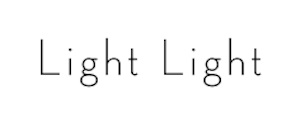 Along a Lambent Contour The image a pale blue if the leaf is semi-transparent white if it is opaque.
Along a Lambent Contour The image a pale blue if the leaf is semi-transparent white if it is opaque.  Along a Lambent Contour The image a pale blue if the leaf is semi-transparent white if it is opaque.
Along a Lambent Contour The image a pale blue if the leaf is semi-transparent white if it is opaque.
Cyanotype was photography before the camera. Anna Atkins (1799-1871), considered the first female photographer, was the first person to illuminate a book entirely with photographs. Photographs of British Algae: Cyanotype Impressions is an encyclopedic work cataloguing algae found off the coasts of Britain. The algae, floating on an oceanic page, seem to be a picture of livingness then branches of lightning, a fleeting galaxy, evaporating smoke. The light-blocking shape of the plant cuts infinitesimally into the chemically prepared surface rather than resting like pollen on it (anticipating Darwins glass, his delicate drawing devices). Photosensitive paper responds to light where the object is not so the shape is a shadow the light drawing a negative the photographs stillness registering lights motion a concern with life its withdrawal, a shadow specimen on a blue page is a part of our experience that takes place elsewhere in the time frame of a plant moving infinitesimally in space.
In reflexive light, a perception of the world is given rather than the world itself. It passes into the mind with the ease of a filmy object of memory. Or seems to pass from the mind to the paper. In blue there was always that tremor, that airy touch. As if light materializes in the making and imagining, too, becomes perceptible an image of lapsing the plants becoming and having become immaterial the appearance of latency in the present particular, perhaps, to the photograph to a time keeping with plants. 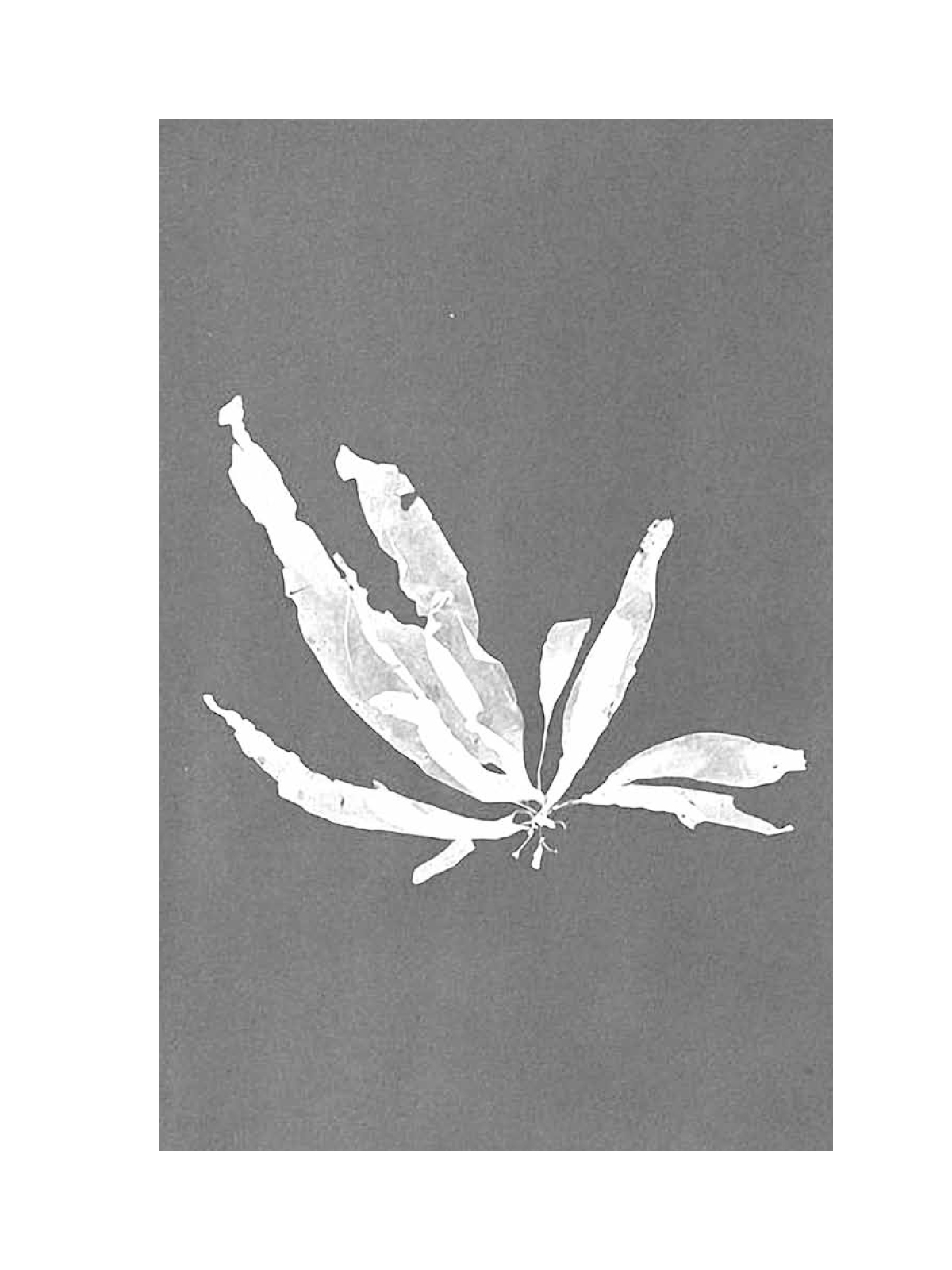
Next page
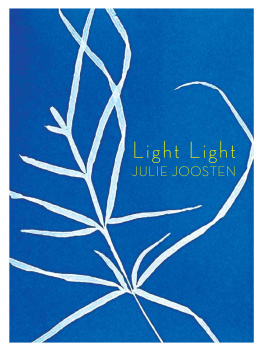
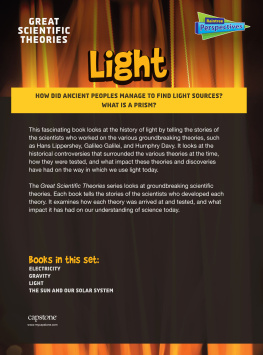


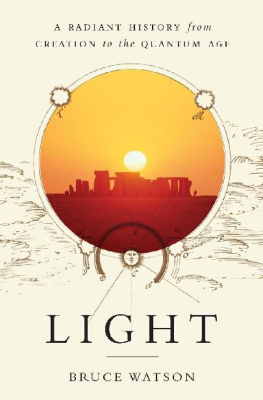
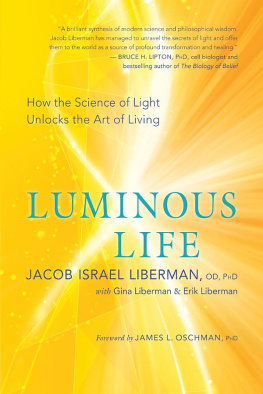
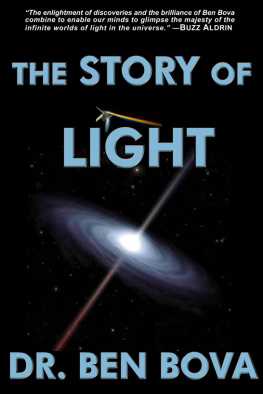
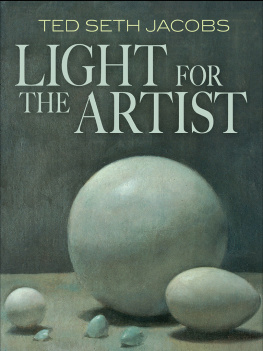
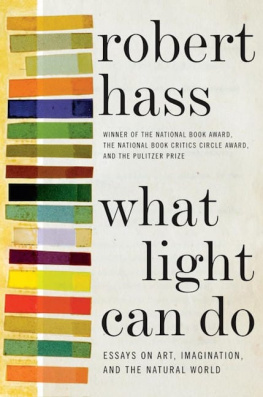
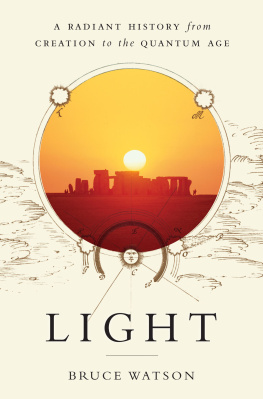
 Print edition type + design by Jay MillAr Copy edited by Ruth Zuchter Contents FIRST EDITION
Print edition type + design by Jay MillAr Copy edited by Ruth Zuchter Contents FIRST EDITION LIBRARY AND ARCHIVES CANADA CATALOGUING IN PUBLICATION Joosten, Julie, 1980-, author
LIBRARY AND ARCHIVES CANADA CATALOGUING IN PUBLICATION Joosten, Julie, 1980-, author Along a Lambent Contour The image a pale blue if the leaf is semi-transparent white if it is opaque.
Along a Lambent Contour The image a pale blue if the leaf is semi-transparent white if it is opaque. 